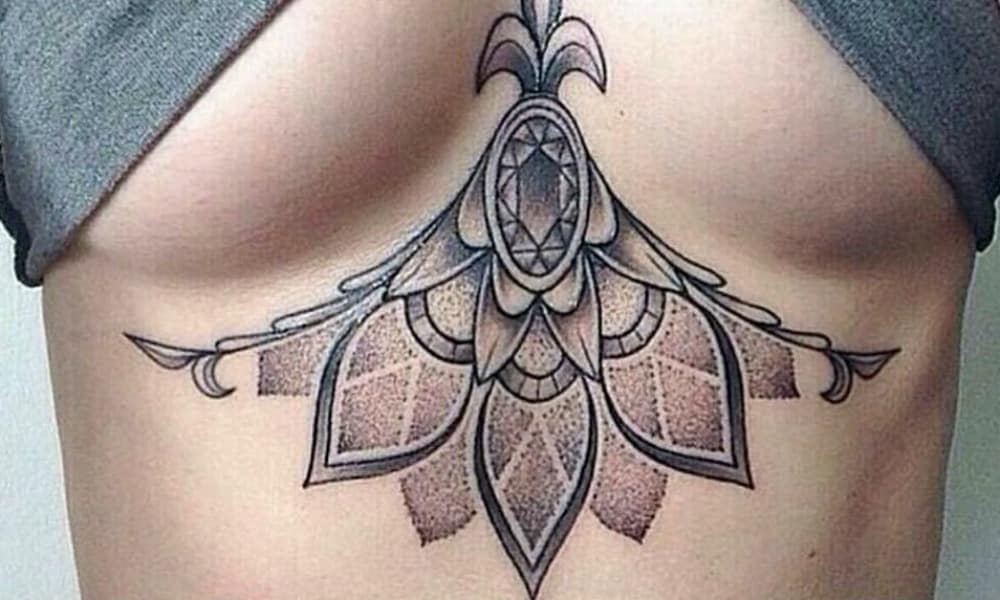
The word tattoo, or tattow in the 18th century, is a loanword from the Samoan word tatau, which means "to strike". The Oxford English Dictionary gives the etymology of tattoo as "In 18th c. tattaow, tattow. From Polynesian (Samoan, Tahitian, Tongan, and so on.) tatau. In Marquesan, tatu." Just before the importation of the Polynesian word, the practice of tattooing had been described in the West as painting, scarring or staining.The etymology of the body modification term is not to be confused with the origins of the word for the military drumbeat or efficiency — see military tattoo. In this case, the English word tattoo is derived from the Dutch word taptoe.The first written reference to the word tattoo (or tatau) appears in the journal of Joseph Banks (24 February 1743 – 19 June 1820), the naturalist aboard explorer James Cook's ship HMS Endeavour: "I shall now mention the way they mark themselves indelibly, each of them is so marked by their humour or disposition".[5] The word tattoo was brought to Europe by Cook, when he returned in 1769 from his initial voyage to Tahiti and New Zealand. In his narrative of the voyage, he refers to an operation named "tattaw".
Tattoo enthusiasts may possibly refer to tattoos as "ink", "pieces", "skin art", "tattoo art", "tats" or "work"; to the creators as "tattoo artists", "tattooers" or "tattooists"; and to places exactly where they work as "tattoo shops", "tattoo studios" or "tattoo parlors".Mainstream art galleries hold exhibitions of both traditional and custom tattoo styles, such as Beyond Skin, at the Museum of Croydon. Copyrighted tattoo designs that are mass-made and sent to tattoo artists are recognized as "flash", a notable instance of industrial style.[8] Flash sheets are prominently displayed in a lot of tattoo parlors for the purpose of providing each inspiration and prepared-made tattoo images to customers.
The Japanese word irezumi indicates "insertion of ink" and can mean tattoos making use of tebori, the standard Japanese hand technique, a Western-style machine or any method of tattooing using insertion of ink. The most common word utilised for standard Japanese tattoo styles is horimono. Japanese may possibly use the word tattoo to mean non-Japanese designs of tattooing.
Related Images with New tattoo trend: Would you get a tattoo on your boob? Kidspot
The Controversy Over quot;Tattoo Babyquot;. Why Tattoo A Baby On Her Chest?
tattoos Ending The Sexual Dark Age
Breast cancer survivor Nikki Black shows off tattoos after double mastectomy Metro News

Blue Tit Robin On Forearms Best tattoo design ideas

thank you for visiting this blog post about tit tattoos, i hope you enjoy it.
.jpg)



Post a Comment
Post a Comment